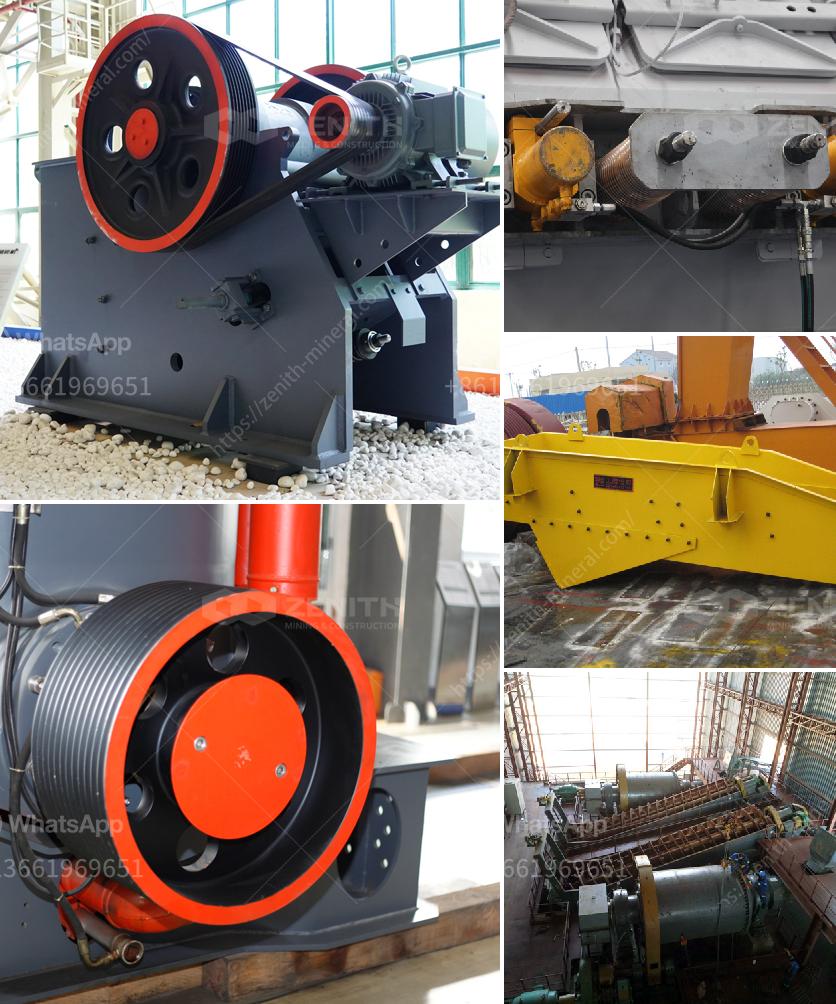A jaw crusher is a machine used to reduce the size of large rocks or other materials by compressing them between two plates, or "jaws." Here's a basic rundown of how it works:
Feeding Material: The material to be crushed is fed into the top of the jaw crusher. This is often accomplished through a hopper that funnels the material into the crushing chamber.
Moving Jaw and Fixed Jaw: The crusher has two jaws: one that is stationary and another that moves. The stationary jaw is sometimes called the "fixed jaw," while the moving jaw is known as the "swing jaw."
Crushing Process: The swing jaw moves in a back-and-forth motion towards the fixed jaw, exerting pressure on the material trapped in between them. This motion is typically caused by an eccentric shaft that drives the swing jaw. When the two jaws get closer, large pieces of material are crushed into smaller ones.
Output: The crushed material then exits the jaw crusher from the bottom of the crushing chamber. The size of the output can be adjusted by changing the distance between the jaws to achieve different levels of material fineness.
Cycle Repeats: The process repeats continuously as more material is fed in, making jaw crushers very efficient for crushing large volumes of material.
Jaw crushers are commonly used in mining, construction, and recycling applications due to their simplicity, durability, and ability to handle a wide range of materials.

